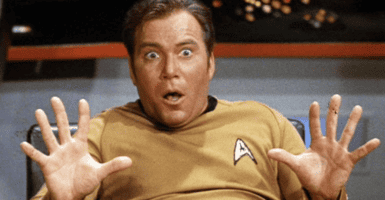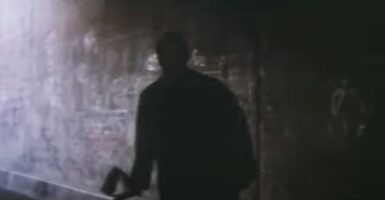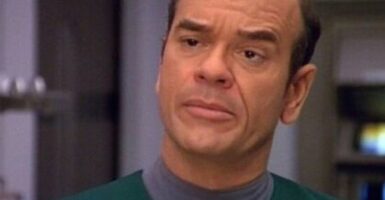Star Trek’s Romulans: Evil Vulcans Or More Than That?
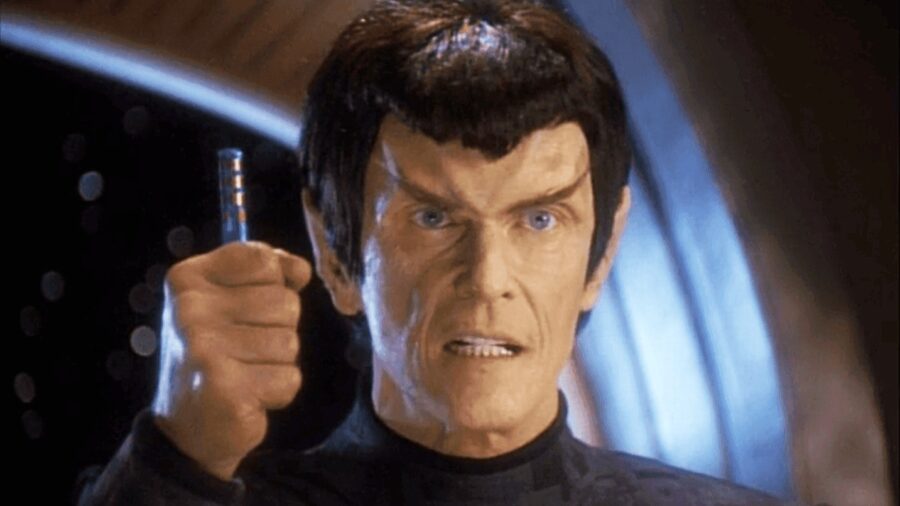
With the revelation that Star Trek’s Romulans have a shared ancestry with Vulcans, many fans have dismissed them as nothing more than an evil version of Vulcans–a bit like Mirror Universe doppelgangers that just happen to exist in the prime universe. However, the Romulans are very distinct from the Vulcans, and they have a rich cultural history stretching back to their first appearance in the franchise.
The idea at the time was to evoke the nobility of Roman idealism, and Star Trek’s creators wanted to create a foe that was worthy of tangling with Captain Kirk.
So forget about finding out where you parked your cloaked car, because we’re about to outline why these green-blooded bastards are some of the coolest characters in this Paramount franchise.
As is perhaps obvious from their first appearance in the Star Trek: The Original Series episode “Balance of Terror,” the Romulans were modeled after the denizens of ancient Rome. The idea at the time was to evoke the nobility of Roman idealism, and Star Trek’s creators wanted to create a foe that was worthy of tangling with Captain Kirk.
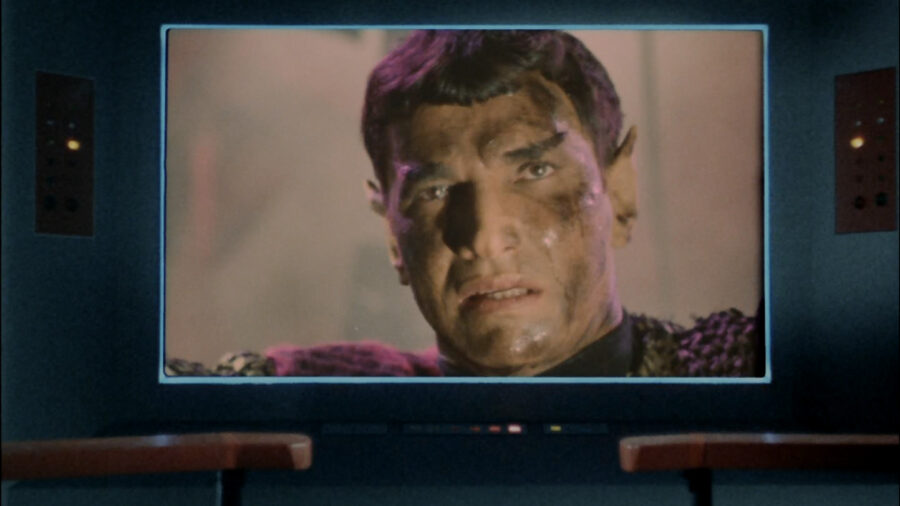
While the franchise would later take these fascinating aliens in a different direction, the first Romulan commander (played to perfection by Mark Lenard) cemented the idea that this empire has an ideology just as important to their culture as IDIC (infinite diversity in infinite combinations) is to Starfleet.
The Star Trek movies based on The Original Series portrayed the Romulans as more like devious manipulators. We can see this most keenly in Star Trek VI: The Undiscovered Country, in which the Romulans joined with traitorous elements of the Federation and the Klingon Empire to sabotage peace talks between the latter two groups.
The Romulans, meanwhile, have a thriving culture and seemingly happy citizens, proving that the Federation’s way of doing things isn’t the only way to achieve peace and prosperity, possibly offering Federation citizens (and audiences) a new way of looking at things.
This is the kind of sneaky move that would define the Romulans for the coming decades: generally speaking, they’d rather make secret deals and watch their enemies suffer rather than fight those enemies in open warfare.
In fact, Captain Picard sums these aliens up nicely in Star Trek: The Next Generation, noting in the episode “The Defector” how “it’s always a game of chess” when it comes to dealing with Romulans. Picard eventually became something of a chess master: he played a major role in Spock’s unification movement (one intending to bring Vulcans and Romulans back together), and we saw in Star Trek: Discovery that the two groups finally reunified.
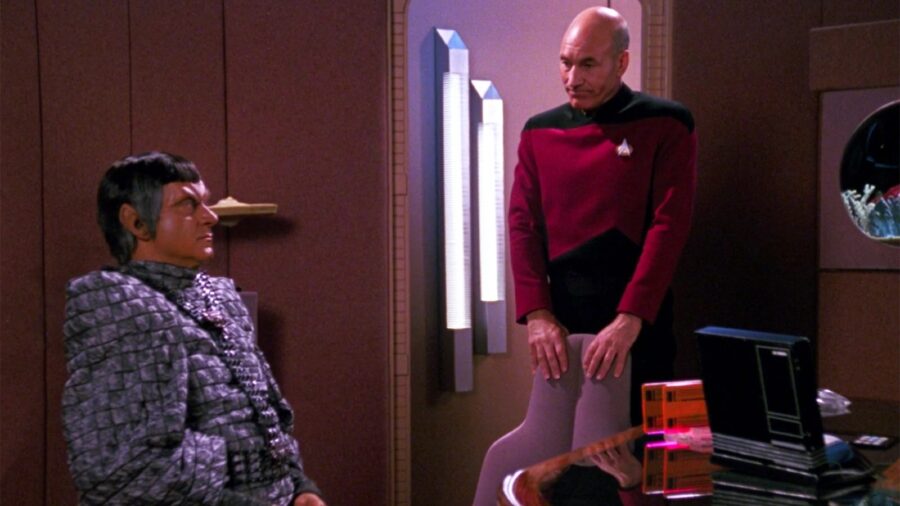
Meanwhile, Picard eventually kept his clone from leading a Reman takeover of the Romulan Star Empire and later played a key role in Starfleet’s abortive attempt to save the Romulan people from a supernova.
Why, then, do we think Star Trek’s Romulans are a worthwhile addition to the franchise and not just evil Vulcans? For one thing, the Romulans have often been the biggest threat to the Federation because they threaten the Federation’s way of life: sure, threats like the Borg and the Dominion are major, but those groups simply destroy and either assimilate or integrate their enemies.
The Romulans, meanwhile, have a thriving culture and seemingly happy citizens, proving that the Federation’s way of doing things isn’t the only way to achieve peace and prosperity, possibly offering Federation citizens (and audiences) a new way of looking at things.
[W]e love that Star Trek’s Romulans are complex and still full of surprises after decades of threatening Starfleet. They are realistic, fully fleshed out, and constantly underutilized.
We also love how various Star Trek movies and shows have portrayed the Romulans as the stealthy counterpart to the Klingons. The Klingons are loud, abrasive foes who are always spoiling for a fight, but the Romulans are quiet, calculating foes who only want to fight when they know they are likely to win. Frankly, this makes for a much more realistic villain than the Klingons, most of whom seem like they couldn’t tell a saucer section from a self-sealing stem bolt.
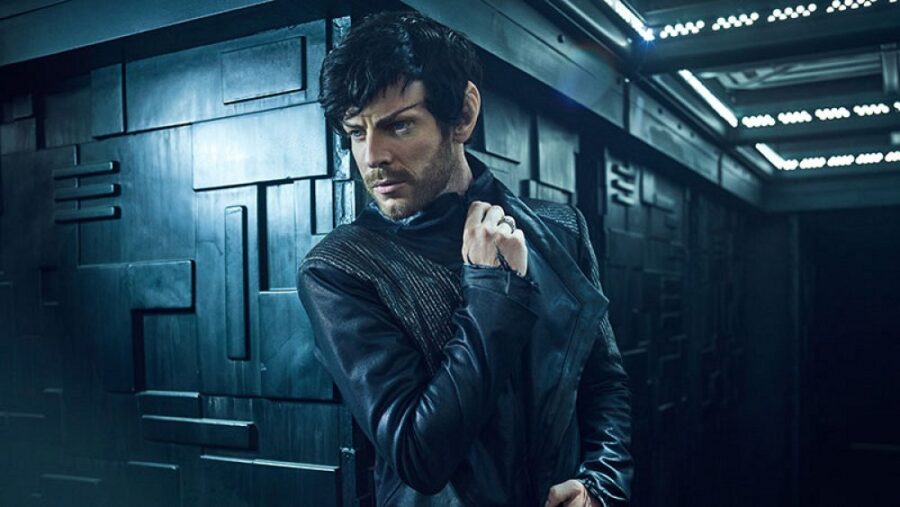
Finally, and this may sound like we are damning them with faint praise, but we love how absolutely contradictory Romulan culture can be at times. For example, the Picard show introduced the idea that Romulans hate artificial intelligence and artificial lifeforms, something that contradicts what we saw in The Next Generation and Voyager.
It also contradicts a recent episode of Strange New Worlds, which showed that Romulans regularly rely on advanced computer simulations to tell them how to mess up the timeline–not exactly the actions of aliens that fear advanced computers.
Whereas some would see that as contradictory writing, we love that Star Trek’s Romulans are complex and still full of surprises after decades of threatening Starfleet. They are realistic, fully fleshed out, and constantly underutilized.
With any luck, a future Trek movie or show will take full advantage of what they have to offer, and if Strange New Worlds has its way, we might discover whether the Romulans can crank out a boy band musical jam to rival what the Klingons (who really put a different “K” in “K-pop”) had to offer.









